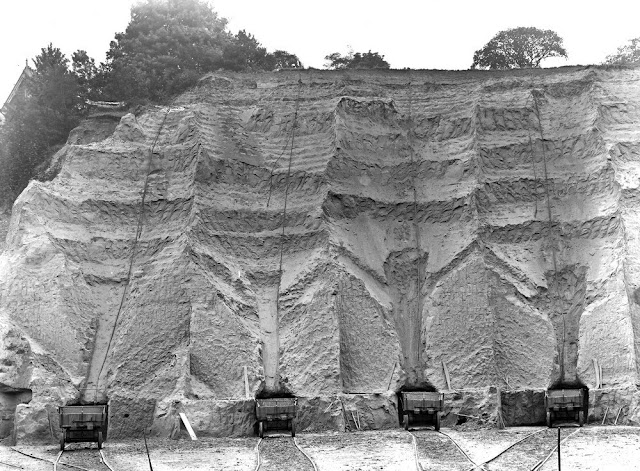 |
| BGS image ID: P742383 |
James Croll was born in 1821, the son of a Perthshire stonemason and crofter. He was to suffer from ill health throughout his life. In 1864, while working as janitor, he published the paper The physical cause of the change of climate during geological epochs. This proposed the theory that variations in the earth’s orbit were responsible for cyclical climate changes, including ice ages. In 1867 he was offered the position of office-keeper at the Scottish branch of the Geological Survey. This job left him sufficient freedom to pursue his climate studies and resulted in the publication of the book Climate and Time (1875).
In 2010 the Quaternary Research Association established the James Croll Medal, its highest award for merit.
Andrew L Morrison



